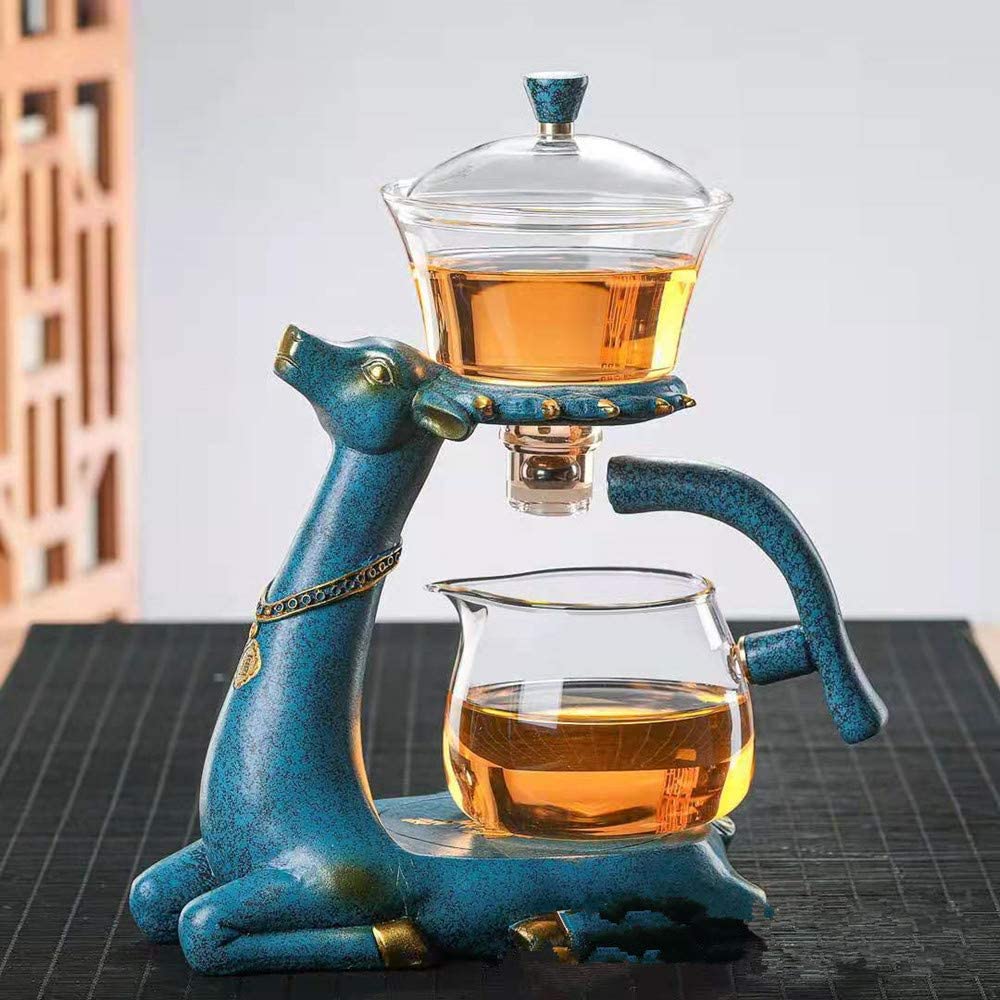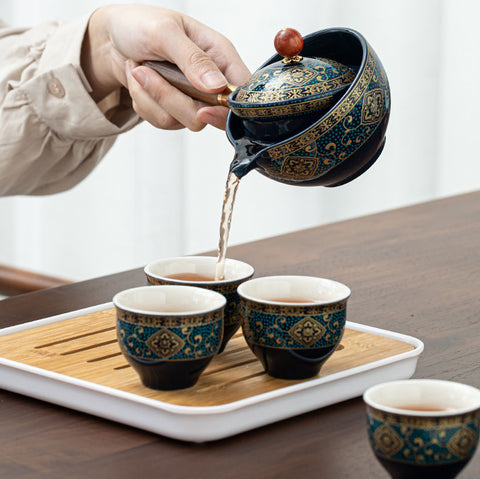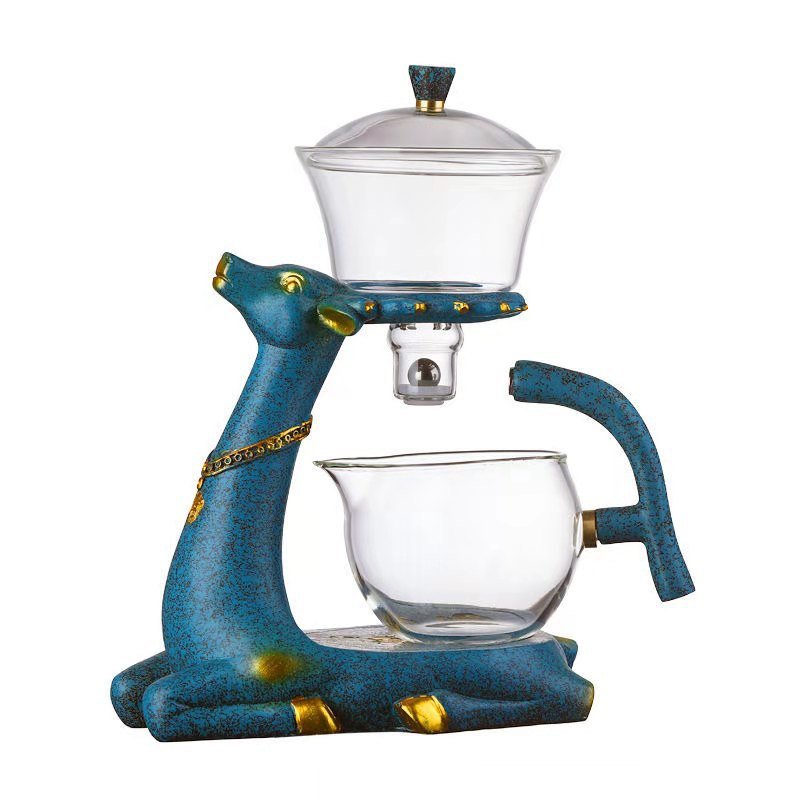
Tea Utensils: A Feast of Taste and Culture
Tea utensils, as essential tools for tea consumption, play a significant role in the world's tea culture. Whether it's Chinese tea art, Japanese tea ceremony, or British afternoon tea, tea utensils carry the traditions and elegance of different cultures. Let's delve into the charm of tea utensils and their diverse manifestations in various cultures.
The Diversity of Tea Utensils
Tea utensils encompass items such as teapots, teacups, tea trays, tea caddies, and more, each with its unique design and function. For instance, in China, Yixing clay teapots are highly regarded for their exquisite craftsmanship and excellent heat retention properties. In Japan, tea bowls and tea scoops are typically made of ceramics, featuring distinct geometric shapes and patterns that emphasize the beauty of simplicity.

The Relationship between Tea Utensils and Tea Culture
Tea utensils are not just tools; they are a part of tea culture. The choice and manner of using tea utensils hold special significance in various tea cultures. In Chinese tea art, tea utensils are considered valuable heirlooms, passed down through generations. In Japan, tea masters carefully select and use tea utensils during tea ceremonies to showcase their taste and unique style.
The Sense of Ritual with Tea Utensils
The use of tea utensils often accompanies a sense of ritual. In China, brewing a pot of tea is often a meditative process, where tea artisans meticulously handle tea leaves, pour water, and serve the tea to create the best possible flavor for the tea drinkers. In Japan, the tea ceremony places great emphasis on the precision and order of each movement to cultivate an atmosphere of respect and tranquility.

Tea Utensils on a Global Scale
Tea utensils are not limited to Asia; they have gained popularity worldwide. In the United Kingdom, the tradition of afternoon tea calls for the use of teapots, teacups, and cake plates, carrying forward British tea culture with elegance and tradition. In Morocco, there is a unique tea pot used for brewing sweet mint tea, serving as a symbol of Moroccan culture.
The Aesthetic Appeal of Tea Utensils
Last but not least is the aesthetic appeal of tea utensils. Many tea utensils are renowned for their exquisite designs, ornate decorations, and unique craftsmanship. They are not just tools for tea consumption but also works of art, often treasured and admired by enthusiasts.
In conclusion, tea utensils represent the core values of tea culture: taste, ritual, and tradition. They play different roles in different cultures but all reflect humanity's pursuit of taste and beauty. Whether you favor Chinese black tea, Japanese green tea, or British afternoon tea, tea utensils serve as a link connecting us to the feast of taste and culture.
